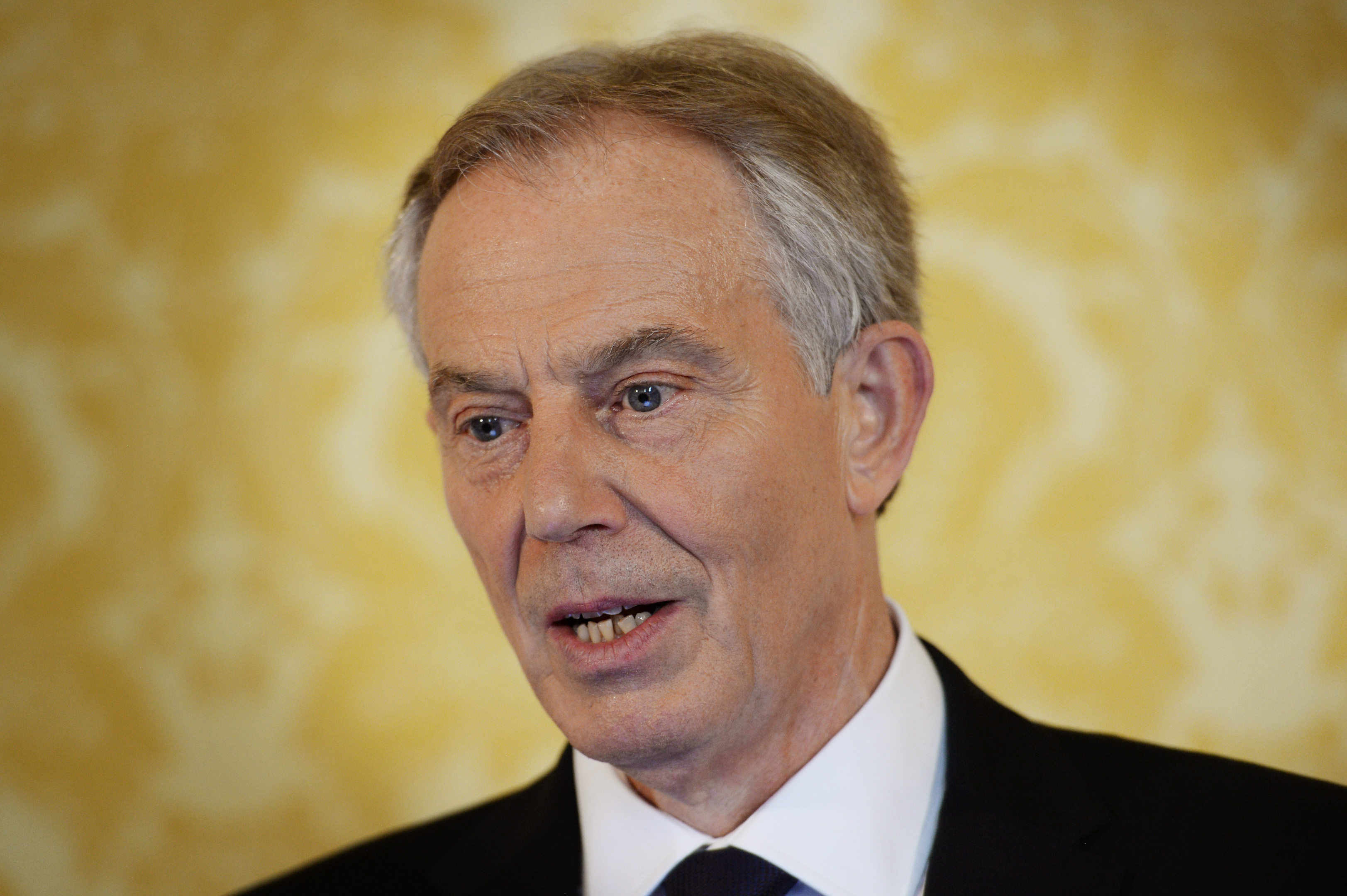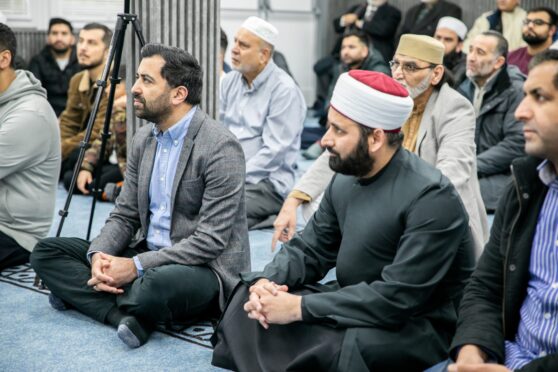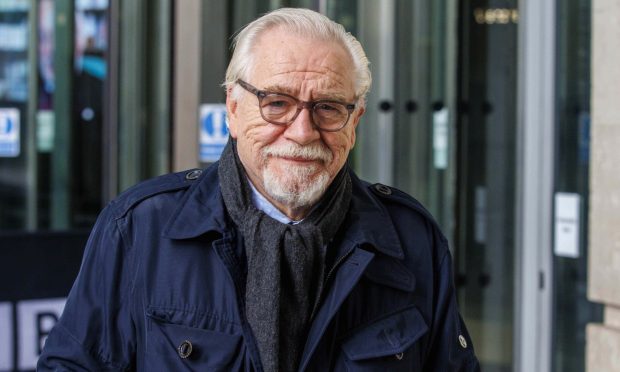Tony Blair has expressed regret for not doing more to protect the Union after devolving power to Scotland
The former Prime Minister chastised himself for failing to build bridges between Scotland and England, at the same time as “creating separation” by bringing about the first Scottish Parliament in nearly 300 years.
In a television interview marking 20 years since Labour’s landslide victory, Mr Blair admitted he was “anxious” that devolution would fuel demand for independence rather than extinguish it.
“The thing I would reproach myself for now, in respect of devolution, is that I think I under-estimated certainly that when you do devolution, because it involves a measure of distance between England and Scotland, what was important at the same time was to create, as far as possible, a sense of cultural cohesion,” he told Sky News.
“So I think we should’ve looked for more powerful ways of trying to bring the Union together at the same time as we were creating that devolution and separation.”
Scots voted overwhelmingly for an Edinburgh parliament in a 1997 referendum, which Labour pledged to hold in their manifesto.
Mr Blair has conceded he was never a passionate believer in devolution, but feared denying it would have led to an “unstoppable force for independence”.
“I was always anxious about it (devolution) because you don’t know whether if you create a new settlement you deal with the issue of independence or you stimulate the issue of independence,” he said.
“At points in the last 20 years, sometimes it looks as if we’ve settled it and sometimes it looks like we’ve stimulated it.”






